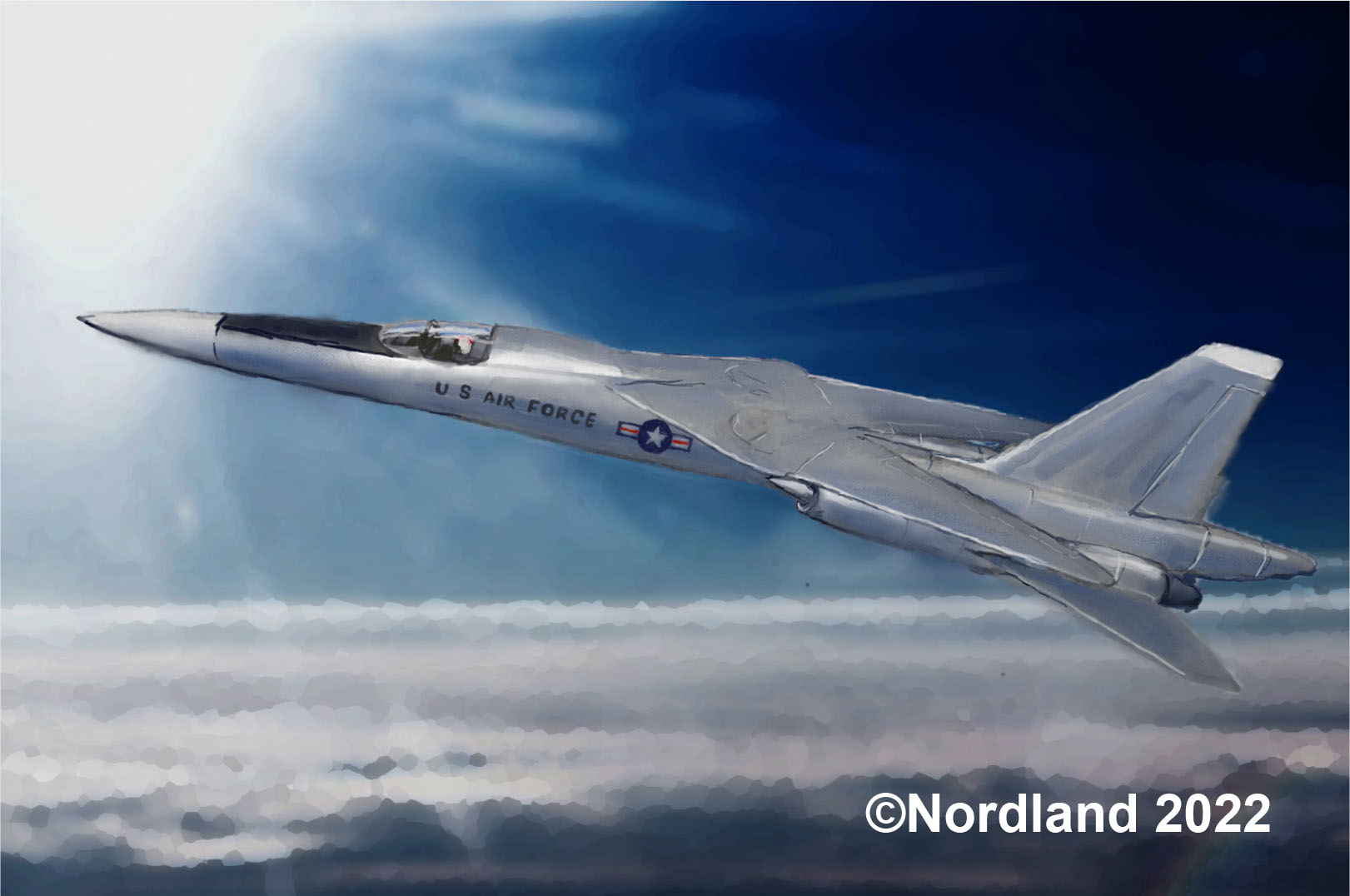
Model 156
McDonald + Douglas
Continuing with the introduction of the TFX elimination plan (see the previous issue of the Rocksheed plan), this issue is the turn of McDonald and good friend Douglas, note that in 1962 the two were still independent companies. It was only in 1967 that Macdonald annexed Douglas to become the familiar McDonnell Douglas MD. The two companies bid together on the TFX project, with McDonald, as the lead underwriter, inviting Douglas El Segundo Design Division to bid together. The strength of both companies is that they are excellent naval suppliers with extensive experience in jet carrier-based aircraft development. The F-4 Phantom and A-4 Skyhawk, both of which are products, are carrier-based aircraft that the Navy is very satisfied with. But the advantage is also a disadvantage, and the air force's network is not good. After all, the Air Force is the first joint tender project of the US military to dominate.
McDonald Aircraft Company LOGO
Douglas Aircraft Company LOGO
Variable swept wing
Many friends have noticed that TFX's 6 suppliers all provide variable swept-back solutions, which is obviously not a coincidence, the following figure is the W.S.324A demand form issued to each supplier after decryption. Variable swept wings are part of the demand, and even the general appearance is drawn.
Decrypted TFX Requirements Form Page 1
Decrypted TFX Requirements Form Page 2
But don't think that the picture is good, the supplier only needs to draw the scoop according to the gourd, the core technical strength of the US empire is on the supplier's side, and the supplier often uses "I think I know your needs better than you" to give a super-outline answer.
Picture Gourd
Only 3 of Macdonald's TFX iterations have survived, and the three more mature schemes were sent to NASA wind tunnels under the number TFX-1-2-3, and were photographed and recorded by NASA, so they were preserved.
TFX-3
Project No. 3 is basically a script of TFX requirements, with air intake on both sides of the twin cockpits in series, and the engine level is juxtaposed in the tail, similar to the Sukhoi Su-24 as a whole. Variable swept wings appear to have only two gears of 65° and 80° swept angles.
TFX-3
Rotating wing
TFX-2
Project 2 is a more aggressive rotary wing, the diamond wing can rotate 90 °, so it has two available swept angles, it is not clear whether there is a mid-state flight capability similar to the inclined wing, there is no aerodynamic surface on the wing, so all aerodynamic adjustment should be done by the tail wing. This radical layout is not a demand, and the obvious risk is too great.
TFX-2
model 156
model 156 TFX-1
As a final submission, In addition to sending a model of NASA's wind tunnel, Plan 1 left a demonstration model in Macdonald's own St. Louis wind tunnel, which was kept by the director of the wind tunnel in the 1970s. The title diagram of this article was drawn by the author of this article with reference to this model.
Model 156 shows the model the same below
The model 156 is still a twin-engine single tail, offering two cockpit options, the juxtaposed cockpit version is 80 feet 8 inches (24.59 meters) and 65 feet 6 inches (19.96 meters) in length, the tandem cockpit model is slightly smaller, and the Air Force design is 73 feet (22.25 meters) long and the Navy design is 62 feet (18.90 meters), showing that the model is a side-by-side cockpit, which is obviously in line with the Navy's insistence given the friendly relationship between the two companies and the Navy. The twin engines were fixed in a short position on the huge horizontal tail, and the horizontal tail area and the variable swept wing were almost the same. In wind tunnel models and early line drawings, the air intakes are semicircular fixed geometric air intakes. Later, a circular air intake with a central adjustment cone is used. The wing swept angle can be adjusted between 20° and 80°.
Model 156 wind tunnel model below the same
model 156
model 156
The loss of Information from Macdonald was equally heinous, and information about project submissions was unknown.
Out
At the beginning of 1962, TFX entered the second phase, there was nothing wrong with McDonald, the official explanation is that the macdonald program between the two models of the air navy is relatively large, the versatility is not good, which goes against the original intention of McNamara to save money, and it is too difficult to curry favor with the navy, air force and strong defense minister.